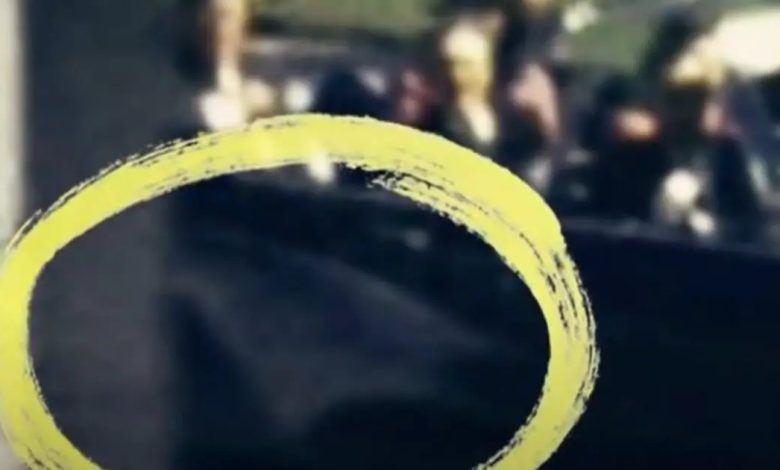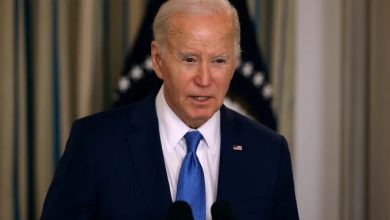RFK Jr Says “The Magic Bullet Theory is DEAD” After Secret Service Agent Breaks 60 Year Silence On JFK Assassination

The New York Times, who in times past have been staunch backers of the Warren Commission report that claims President John F. Kennedy was killed by lone assassin Lee Harvey Oswald, has now released an exclusive report from one of President Kennedy’s Secret Service agents who has his doubts about the official assassination report.
In an exclusive report, The New York Times interviewed Paul Landis who was one of Kennedy’s Secret Service agents on the day of JFK’s assassination in Dallas, Texas.
In the exclusive report, Landis shattered the Warren Commission Magic Bullet Theory which claims “that a three-centimeter-long (1.2″) copper-jacketed lead-core bullet from a 6.5×52mm Mannlicher–Carcano rifle fired from the sixth floor of the Texas School Book Depository passed through President Kennedy’s neck into Governor Connally’s chest, went through his right wrist, and embedded itself in Connally’s left thigh.”
Landis shared that he was the one who “found the magic bullet” and unlike the Warren Commission report that claims the bullet was mysteriously found next to Connally’s body, Landis claims he took the bullet out of the backseat where JFK was sitting and then he was the one who put the bullet on the President’s stretcher to help doctors.
In response to the new findings, Democratic presidential candidate Robert F. Kennedy Jr. took to X and wrote “The magic bullet theory is now dead.”
Take a look:
The magic bullet theory is now dead. This preposterous construction has served as the mainstay of the theory that a single shooter murdered President Kennedy since the Warren Commission advanced it 60 years ago under the direction of the former CIA Director Allen Dulles whom my…
— Robert F. Kennedy Jr (@RobertKennedyJr) September 10, 2023
Here’s what the New York Times reported:
What it comes down to is a copper-jacketed 6.5-millimeter projectile. The Warren Commission decided that one of the bullets fired that day struck the president from behind, exited from the front of his throat and continued on to hit Mr. Connally, somehow managing to injure his back, chest, wrist and thigh. It seemed incredible that a single bullet could do all that, so skeptics called it the magic bullet theory.
Investigators came to that conclusion partly because the bullet was found on a stretcher believed to have held Mr. Connally at Parkland Memorial Hospital, so they assumed it had exited his body during efforts to save his life. But Mr. Landis, who was never interviewed by the Warren Commission, said that is not what happened.
In fact, he said, he was the one who found the bullet — and he found it not in the hospital near Mr. Connally but in the presidential limousine lodged in the back of the seat behind where Kennedy was sitting.
When he spotted the bullet after the motorcade arrived at the hospital, he said he grabbed it to thwart souvenir hunters. Then, for reasons that still seem fuzzy even to him, he said he entered the hospital and placed it next to Kennedy on the president’s stretcher, assuming it could somehow help doctors figure out what happened. At some point, he now guesses, the stretchers must have been pushed together and the bullet was shaken from one to another.
“There was nobody there to secure the scene, and that was a big, big bother to me,” Mr. Landis said. “All the agents that were there were focused on the president.” A crowd was gathering. “This was all going on so quickly. And I was just afraid that — it was a piece of evidence, that I realized right away. Very important. And I didn’t want it to disappear or get lost. So it was, ‘Paul, you’ve got to make a decision,’ and I grabbed it.’”
Mr. Landis theorizes that the bullet struck Kennedy in the back but for some reason was undercharged and did not penetrate deeply, therefore popping back out before the president’s body was removed from the limousine.
Mr. Landis has been reluctant to speculate on the larger implications. He always believed that Lee Harvey Oswald was the lone gunman.
But now? “At this point, I’m beginning to doubt myself,” he said. “Now I begin to wonder.” That is as far as he is willing to go.
Wow. I’ve never been convinced by any of the JFK assassination theories, but this new account by Secret Service agent Paul Landis pretty much ends the “magic bullet” theory. The official account isn’t going to hold. https://t.co/4tt6JsOj1P
— Matt Taibbi (@mtaibbi) September 10, 2023
Here’s what the New York Post reported:
A former Secret Service agent who was with President John F. Kennedy when he was assassinated in Dallas nearly 60 years ago has raised new questions about the infamous “magic bullet” theory and the possibility multiple shooters involved.
Paul Landis, now 88, was a young agent tasked with protecting first lady Jackie Kennedy as the president’s motorcade paraded through the city in 1963.
He recalls hearing the gunshot ring out in Dealy Plaza while he was walking just feet away from the president in 1963, he told The New York Times. He then heard an additional two shots and saw Kennedy keeled over in the back of the open limousine.
Landis said he had to duck down to avoid being splattered by brains.
From there, Landis’ account differs from the government’s official findings: In the ensuing chaos, he claims he picked up a bullet that was lodged in the back seat of the car where Kennedy had been sitting and placed it on the president’s hospital stretcher for investigators.
“I just think it had been long enough that I needed to tell my story.” Paul Landis, one of the Secret Service agents just feet away from John F. Kennedy when he was struck down in Dallas in 1963, is breaking his silence for the first time. https://t.co/Eocm44bjZL
— The New York Times (@nytimes) September 9, 2023



